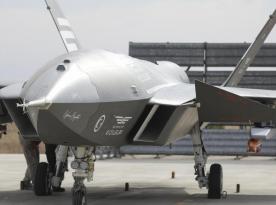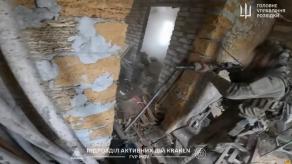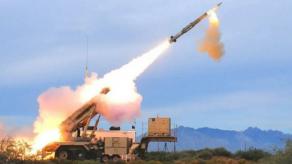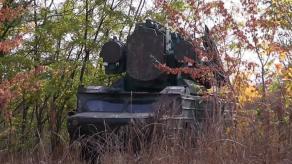Aiming to strengthen its border with russia, Estonia is planning to create a protection system to combat enemy drones that are rapidly becoming a serious threat on modern battlefields. Estonia’s Police and Border Guard Board describe it as a multi-layered network of sensors for surveillance and detection, countermeasures and interceptor drones, DefenseScoop reports.
On a note from Defense Express, the idea shows a comprehensive approach to the problem that relies not only on electronic warfare, as many countries do, but also on other advanced and kinetic methods of neutralization.
Read more: What’s Left of the Su-34s at Marinovka Airfield: Ukraine’s Drone Strike Confirmed by Satellite Images
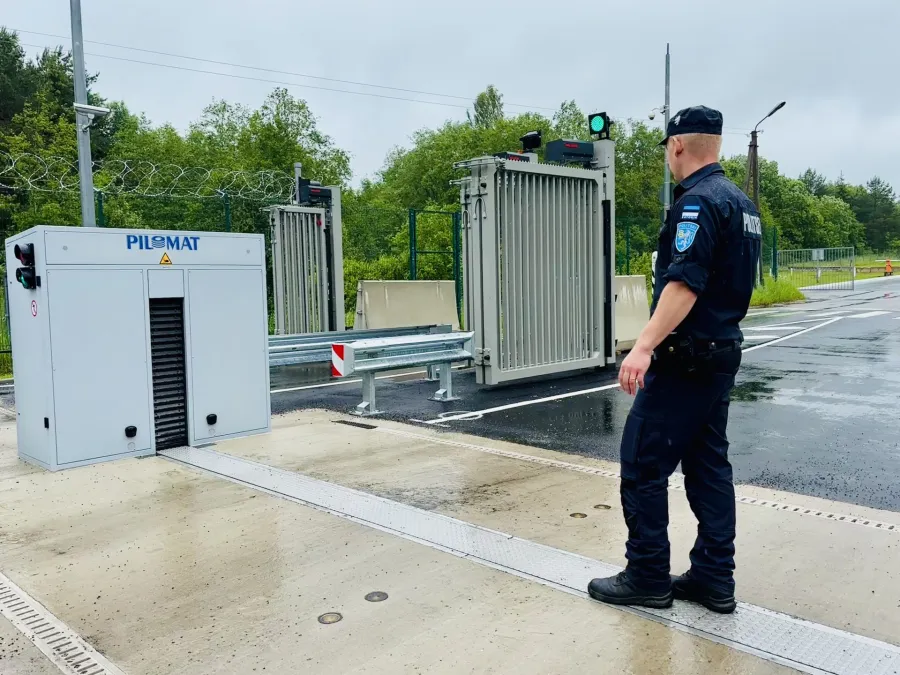
Estonian police and border guards admit they still fall behind the military, but continue to work closely with them to acquire new capabilities. Particular attention is paid to the experience of the Ukrainian Defense Forces and their success in using various UAVs to counter the russian drones.
For example, the volunteer paramilitary corps Estonian Defence League (Kaitseliit) has recently established a new dedicated drone warfare unit. Being an armed group similar to Ukraine's Territorial Defense Forces, the Kaitseliit thus encourages the masses to learn novel technologies, which can potentially give a major boost to the country's overall defense readiness.

The equipment received by the Estonian border guards includes small copter drones from DJI. These are already used for patrols as flying binoculars. In the future, they plan to equip each and every patrol crew with such capabilities.
Then, they want to establish a specialized unit that will receive fixed-wing UAVs as well. This unit will be called in once they need to gather additional intelligence. Before the full-scale russian invasion, the Ukrainian State Border Guard Service also used drones like the Spectator-M for border surveillance.
Among the tools for neutralizing the enemy unmanned systems, only a hand-held anti-drone rifle has been demonstrated so far. The Estonian border guards previously held training to intercept targets at a distance of 200–300 meters using these devices. However, it is noted that no russian drone has been intercepted in real-lufe situations yet.
Even in electronic warfare terms alone, this equipment is far from sufficient. Worth noting, the emergence and rapid expansion of drones operated via fiber-optic cords or UAVs powered by artificial intelligence renders these rifles effectively useless, calling for kinetic methods of interception.
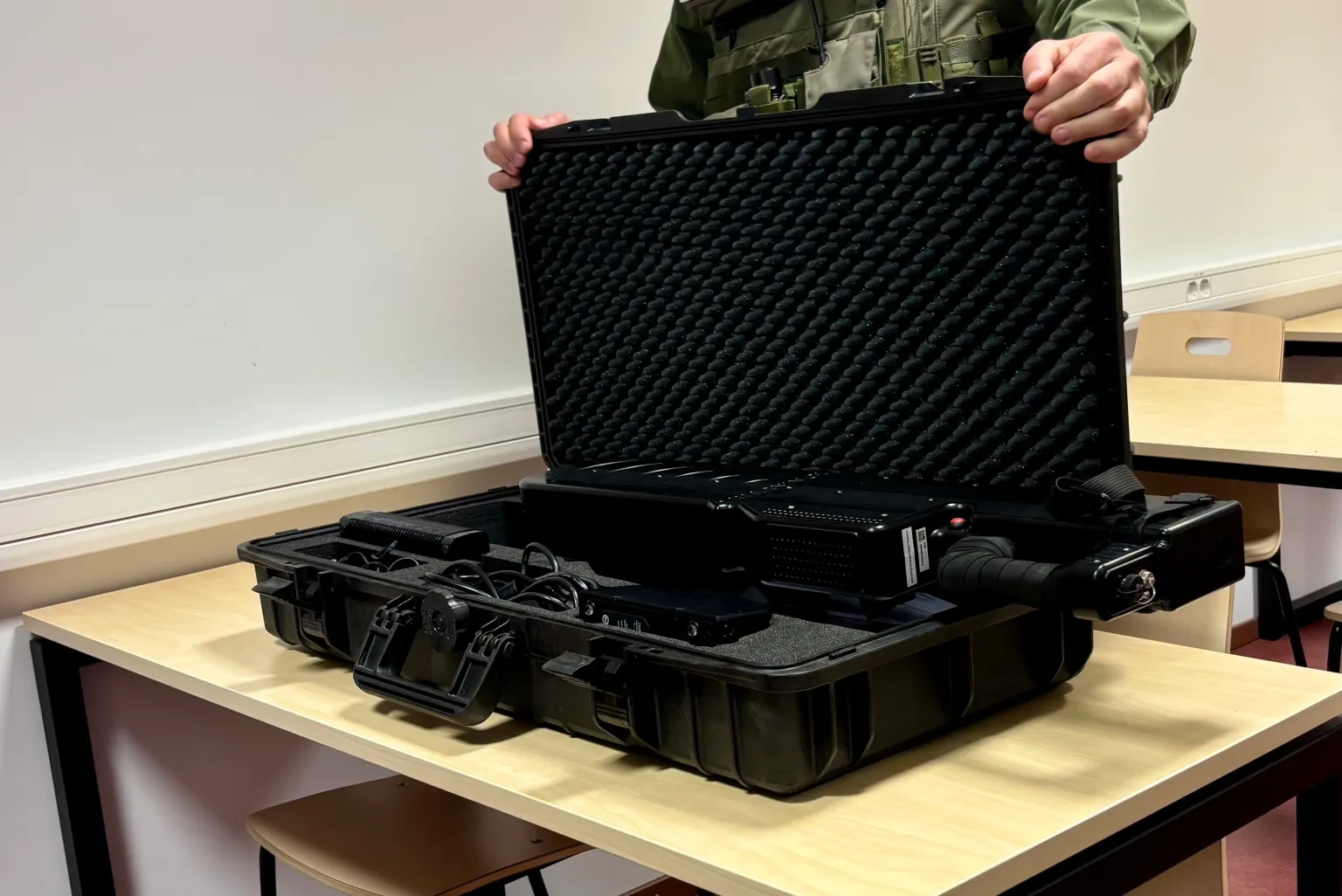
The current level, however, can only suffice to chase criminals and simply maintain the peacetime security of the border, not thwart military incursions. By the way, UAVs have also proven useful for peaceful missions: reportedly, people who were lost in the forests were successfully found with the help of aerial surveillance drones.
But when it comes to deterring a potential russian aggression, the declared concept must be implemented in full, with all the variety of countermeasures, including kinetic interceptors, air defense artillery, etc. This will also come in handy even in peacetime, because border violators will sooner or later begin to master new technologies. For example, Lithuania is implementing an interesting project with private air defense.

At present, Estonia says it lacks the means to detect and track UAVs. Perhaps the necessary equipment will be purchased in the future, although it is worth noting that the budget of the "drone wall" is only €20 million for now.
Read more: Private Shahed Defense: Lithuanian Power Companies Take Up Anti-Drone Weapons to Protect Critical Infrastructure






